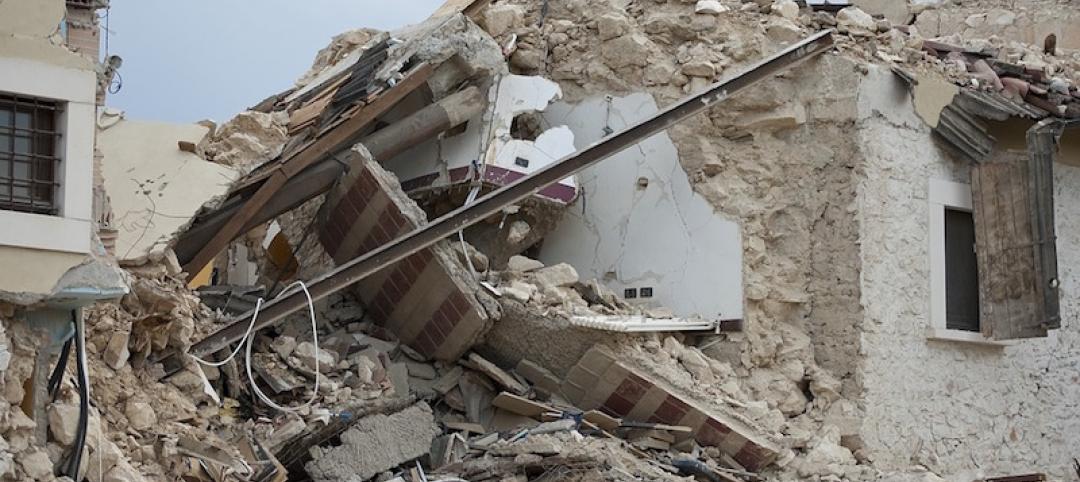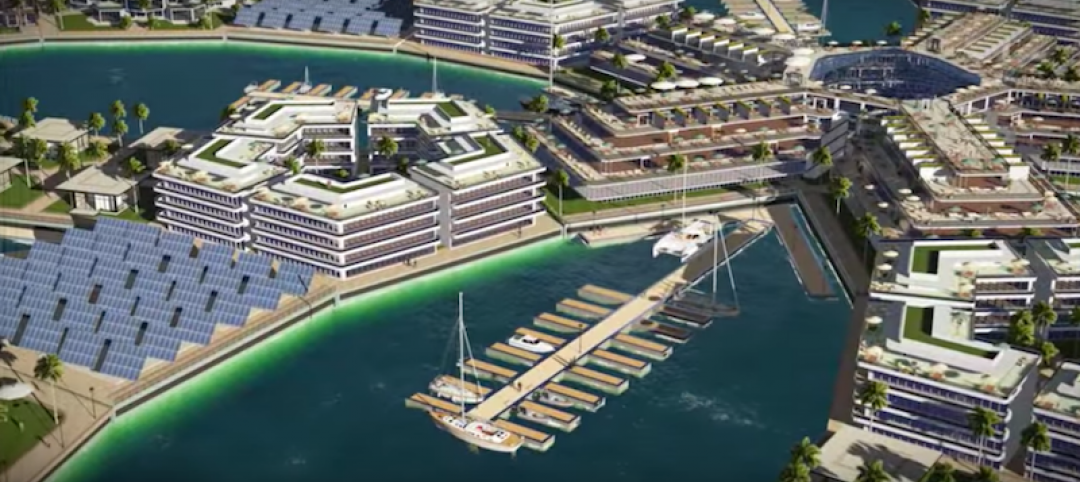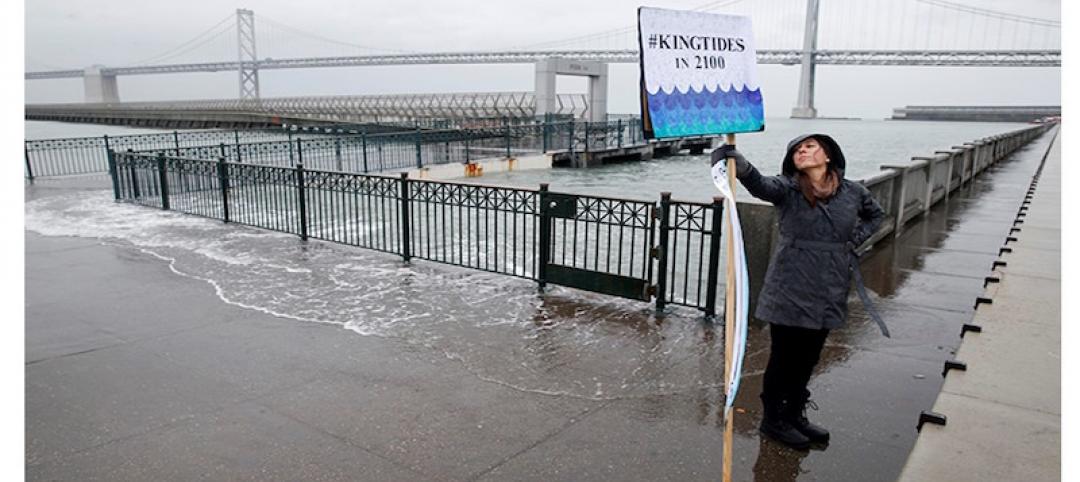The Federal Emergency Management Agency recently sent a letter to officials in Lee County, Florida alleging that hundreds of homes were rebuilt in violation of the agency’s rules following Hurricane Ian. The letter provoked a sharp backlash as homeowners struggle to rebuild following the devastating 2022 storm that destroyed a large swath of the county.
The controversy stems from how subsidized flood insurance from FEMA is administered. FEMA insurance comes with the stipulation that if a home in a flood zone suffers damages worth more than half of its value, it must be torn down and rebuilt so it’s elevated above flood level. This is an expensive proposition for homeowners, but it is intended to prevent U.S. taxpayers from paying for repeated destruction of homes in vulnerable locations.
It is up to local officials in damaged zones to enforce this rule, which is a condition for FEMA to provide discounted flood insurance to homeowners. FEMA’s letter to Lee County threatened to revoke the insurance discount, alleging that the county was lax in enforcing the rebuilding rule.
County officials received angry complaints from constituents and considered suing the agency in a heated meeting. In the aftermath, FEMA gave the county an extra 30 days to make the case that it hadn’t allowed homeowners to rebuild in violation of its rules.
FEMA’s letter indicates a change in the federal government’s mindset in that it is now prepared to crack down on continued risky construction in floodplains. How this situation plays out in Lee County will be watched closely by officials in other coastal areas vulnerable to storm damage and flooding. It may be a harbinger of how FEMA will address rebuilding efforts in the future.
Related Stories
Codes and Standards | Apr 5, 2017
Updated AIA Disaster Assistance Handbook released with significant enhancements
Updates provide guidance on how design and construction pros and emergency managers can work together to prepare for and respond to disasters.
Codes and Standards | Jan 31, 2017
Planning for world’s first floating city underway
New approach to resiliency examined in French Polynesia.
Sustainability | Jan 24, 2017
From an industrial park to an eco-neighborhood in Brussels, Belgium
At the heart of Vincent Callebaut Architectures’ eco-neighborhood will be three 100-meter-tall Vertical Forests.
Resiliency | Nov 3, 2016
Future-proofing urban waterfronts
CallisonRTKL’s Nathan Cherry discusses hurricanes, the San Francisco waterfront, and how we can future-proof our urban waterfronts.
Resiliency | Oct 5, 2016
San Francisco’s 181 Fremont will become the most earthquake-resilient building on the West Coast
The building has achieved REDi Gold Rating, resilience-based design guidelines developed by Arup that establish a new benchmark for seismic construction.
Sustainability | Sep 22, 2016
Is ‘Growroom’ a glimpse into the future of urban agriculture?
Growroom’s spherical shape means it can also double as a covered outdoor public space.
Regulations | Aug 31, 2016
FEMA wants to toughen flood regulation on projects using federal funds
The proposal ‘would essentially rewrite the current 100-year flood standard.’
Sports and Recreational Facilities | Aug 22, 2016
The Hills of Governors Island reach completion one year ahead of schedule
The man made hills are the latest attraction to open on the island that has been under development since 2006.
Resiliency | Aug 10, 2016
White House pushes for better finance strategies for disaster mitigation and resilience
The move highlights innovative insurance, mortgage, tax, and finance-based strategies.
Seismic Design | Jul 28, 2016
Risk of man-made earthquakes now factor in seismic hazard analysis
Significant risk increases seen in some areas of the U.S.
















